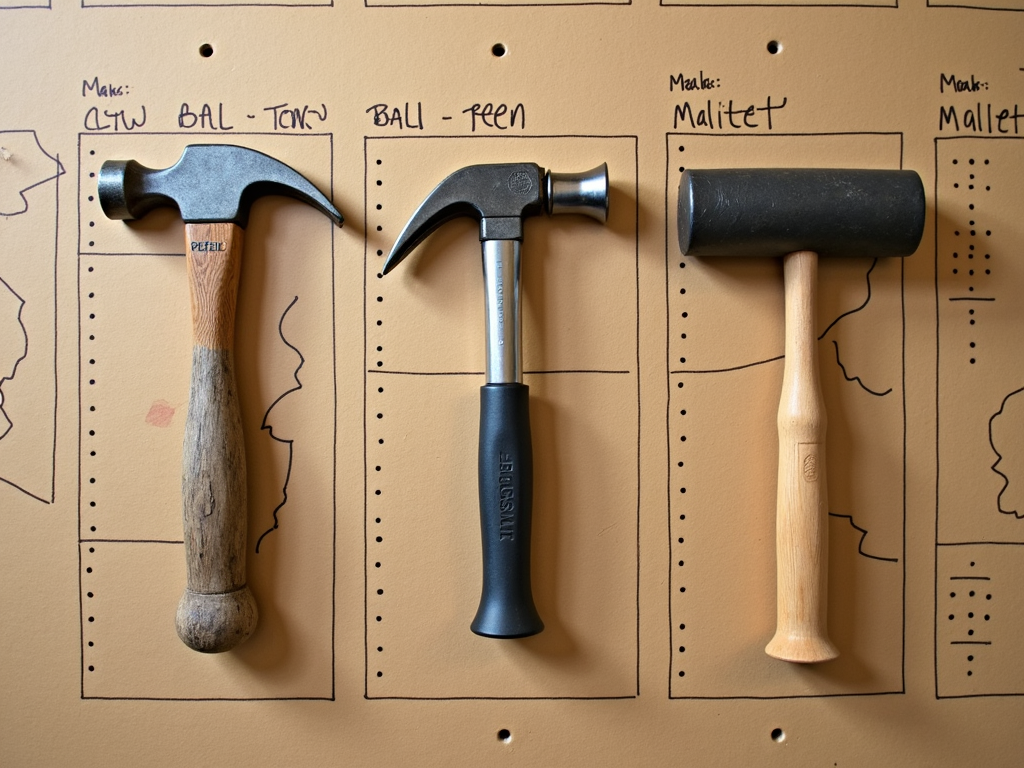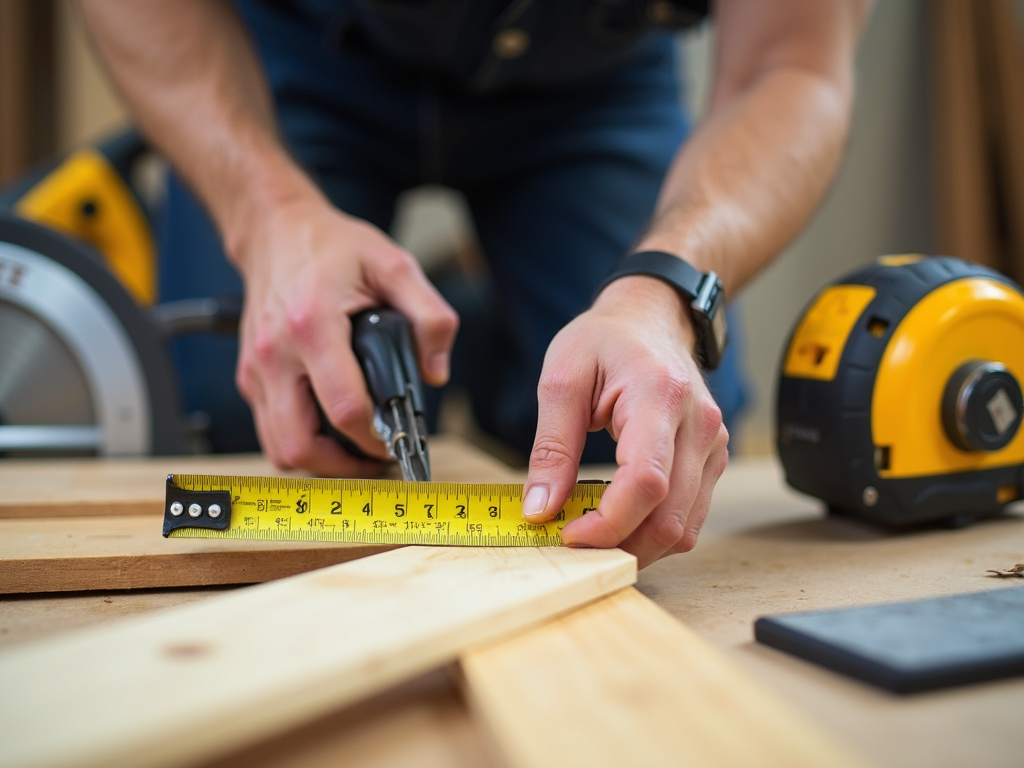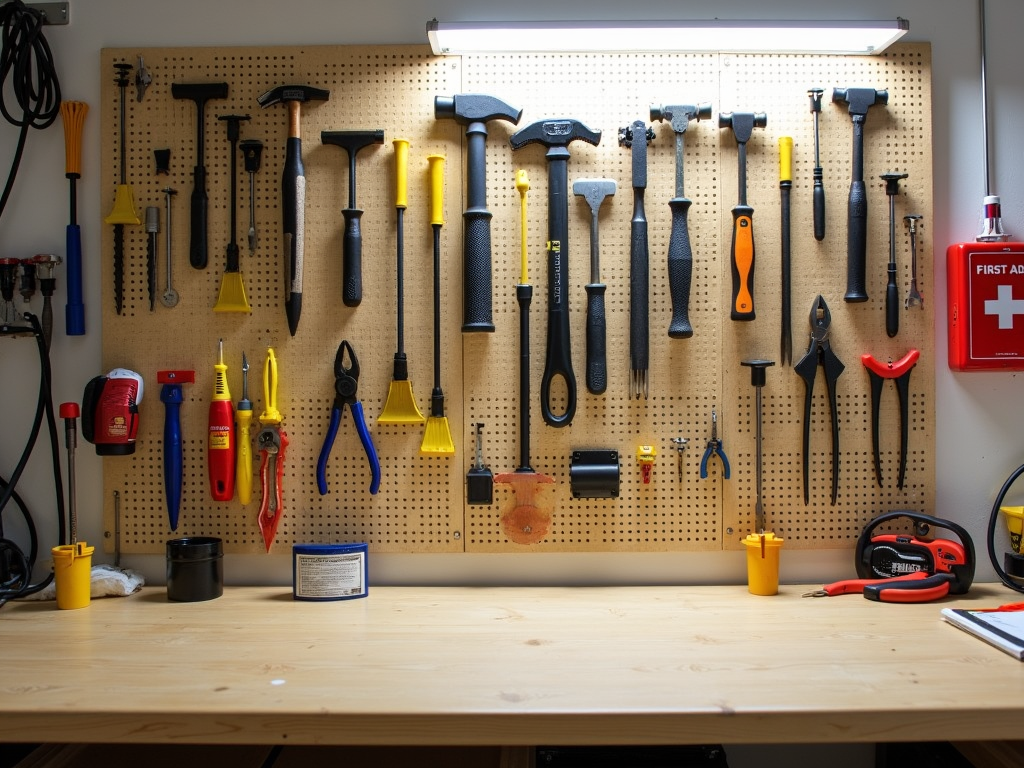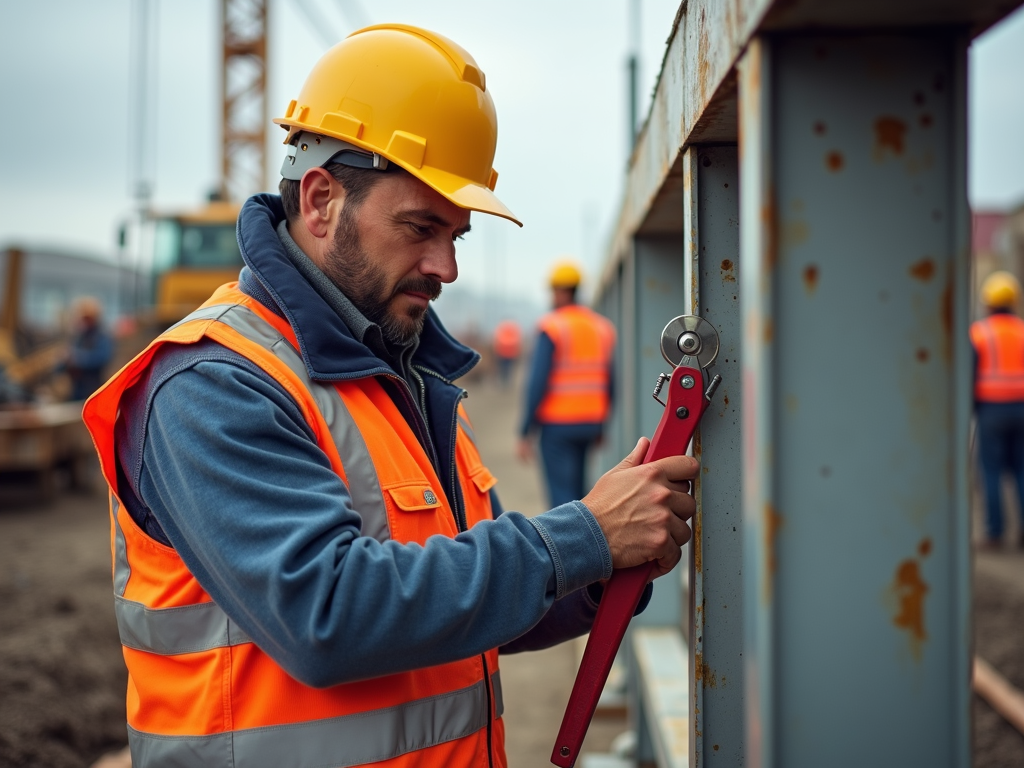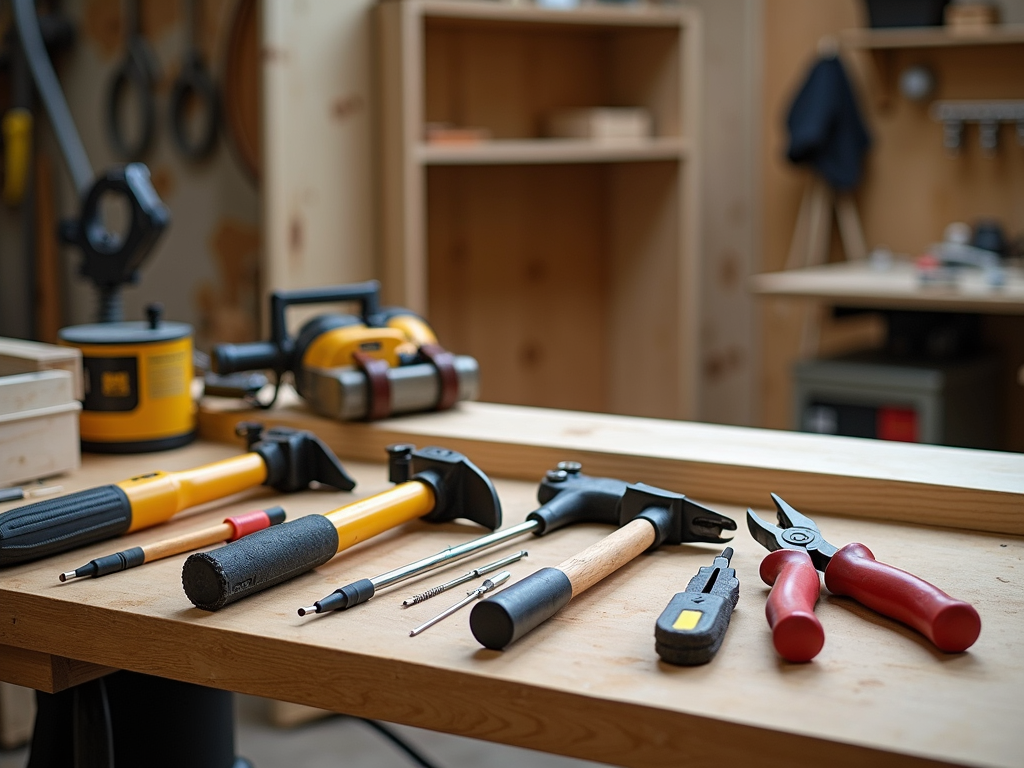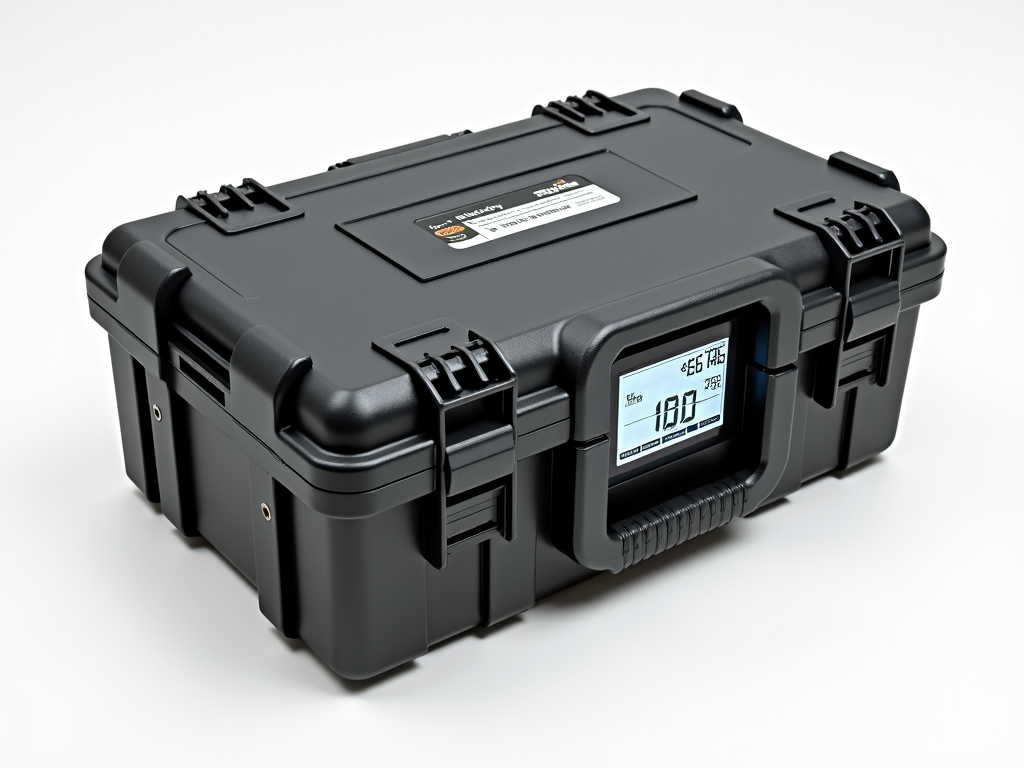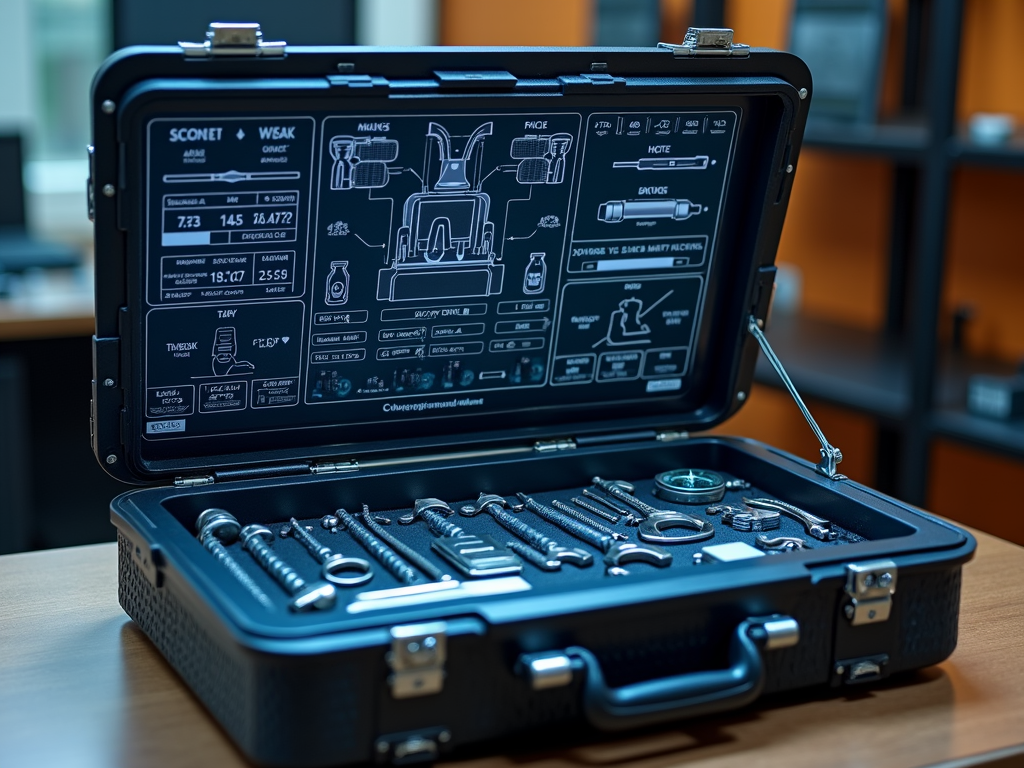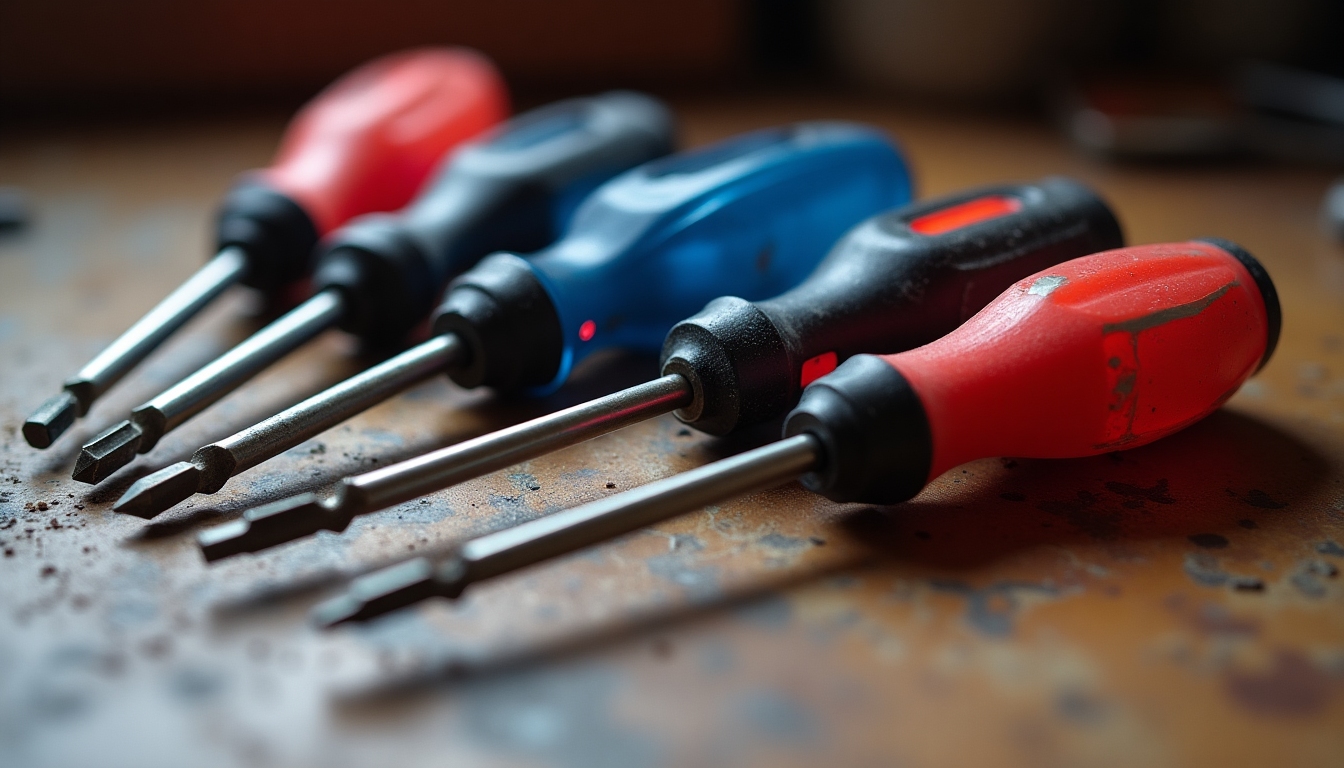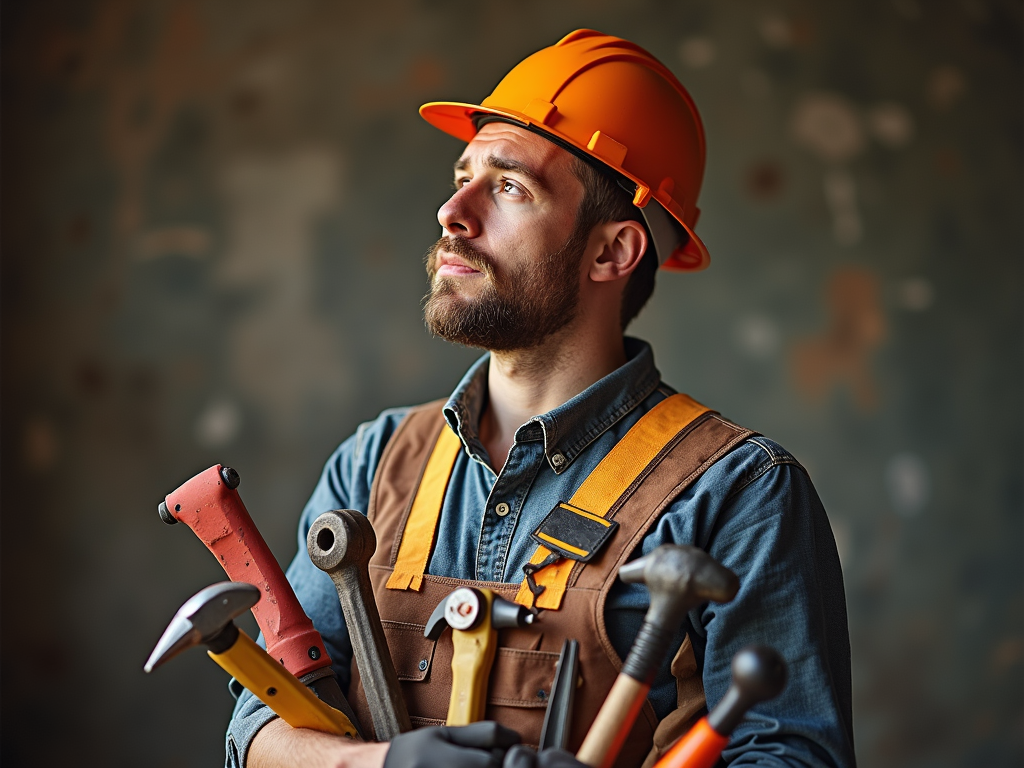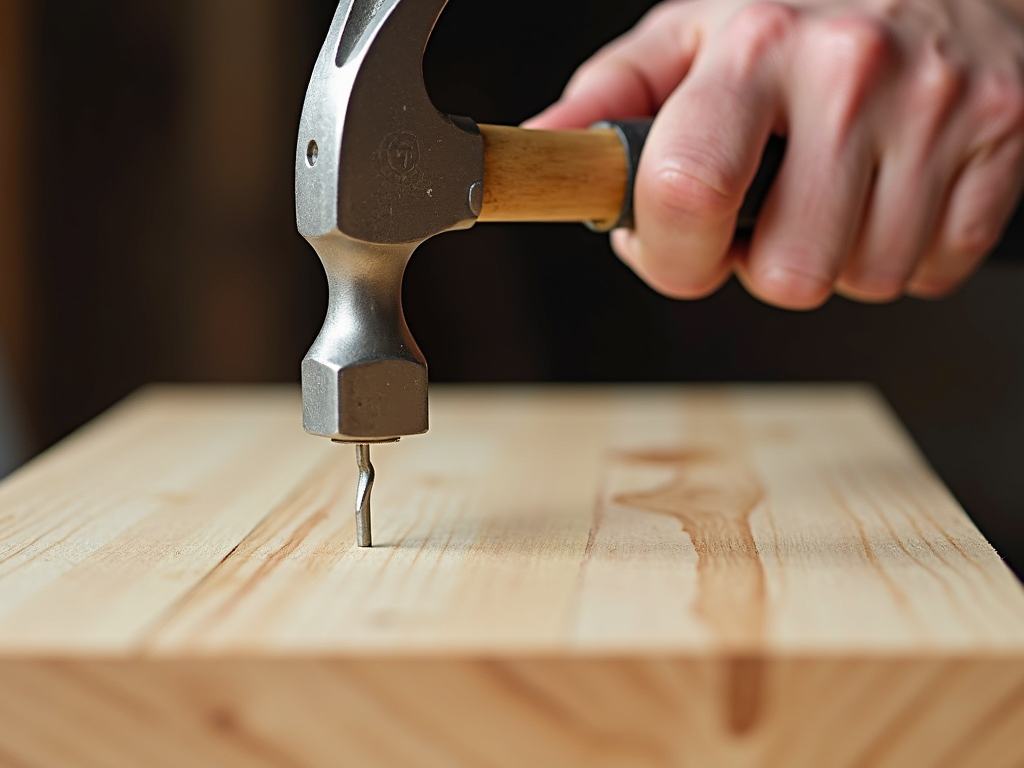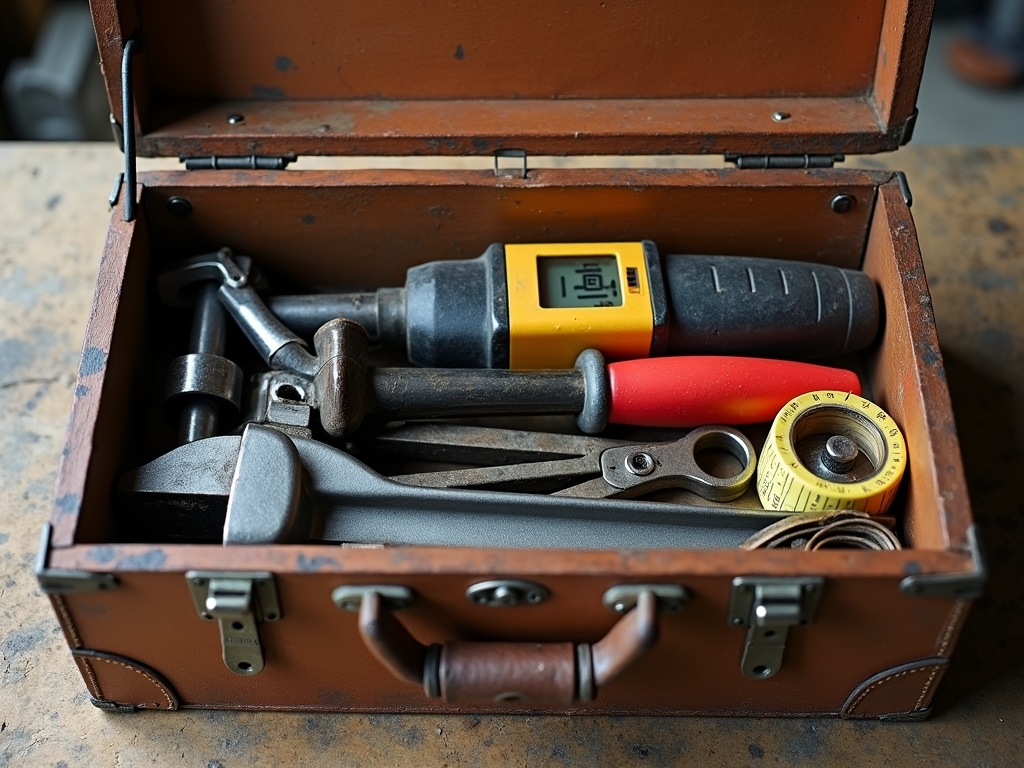Ergonomic power drills are a game-changer for anyone who uses power tools regularly. Unlike traditional drills, these tools are designed with the user's comfort and efficiency in mind. By reducing the strain on your hands, wrists, and arms, ergonomic power drills help you work longer and more comfortably, minimizing the risk of fatigue and injury.
One of the primary benefits of ergonomic power drills is reduced fatigue. The design of these tools helps distribute weight more evenly, reducing the strain on your muscles and joints. This means you can work for longer periods without feeling exhausted. Additionally, ergonomic drills often feature improved grip designs, which provide better control and reduce the risk of accidents.
According to a study by the National Institute for Occupational Safety and Health (NIOSH), using ergonomic tools can significantly reduce the risk of musculoskeletal disorders (MSDs). MSDs are common among workers who use power tools frequently, and they can lead to chronic pain and disability. By investing in ergonomic power drills, you can protect your health and improve your overall well-being. NIOSH Study on Ergonomic Tools
When shopping for an ergonomic power drill, there are several key features to consider. First, look for a drill with a lightweight design. The lighter the drill, the less strain it will put on your arms and shoulders. Second, consider the grip. A comfortable, non-slip grip can make a big difference in reducing hand fatigue. Third, look for drills with adjustable handles or grips, which allow you to customize the tool to your specific needs.
Key features to look for in an ergonomic power drill: - Lightweight design - Comfortable, non-slip grip - Adjustable handles or grips - Balanced weight distribution - Low vibration levels
Using an ergonomic power drill correctly is just as important as choosing the right tool. Here are some tips to help you get the most out of your drill: - Hold the drill with a relaxed grip. Avoid gripping too tightly, as this can increase fatigue. - Use your body weight to apply pressure, rather than relying solely on your arms. - Take regular breaks to rest your muscles and avoid overexertion. - Use the drill at a comfortable height to avoid awkward postures.

As someone who has used power drills for various projects, I can attest to the difference that ergonomic design makes. I once spent an entire day drilling holes for a shelving unit, and by the end, my hands were aching, and my arms felt like lead. After switching to an ergonomic drill, I noticed a significant reduction in fatigue. I could work for longer periods without feeling exhausted, and my hands didn't cramp up as they used to.
| Feature | Traditional Power Drill | Ergonomic Power Drill |
|---|---|---|
| Weight | Heavier | Lighter |
| Grip | Standard | Comfortable, non-slip |
| Adjustability | Limited | Adjustable handles/grips |
| Vibration | Higher | Lower |
| Fatigue | More likely | Less likely |
Not all ergonomic power drills are created equal. It's essential to choose a drill that suits your specific needs and the type of work you'll be doing. For example, if you're working on a project that requires a lot of overhead drilling, look for a drill with a lightweight design and a comfortable grip. If you're drilling into tough materials, you might need a drill with more power and torque.
The Home Depot offers a comprehensive guide on choosing the right power drill for your needs. According to their experts, factors to consider include the type of work you'll be doing, the materials you'll be drilling into, and your budget. Home Depot Guide to Choosing a Power Drill
To ensure your ergonomic power drill continues to perform at its best, it's essential to maintain and care for it properly. This includes regularly cleaning the drill, checking for loose or worn parts, and storing it in a dry, safe place. Proper maintenance can extend the life of your drill and ensure it remains comfortable and efficient to use.

As technology advances, we can expect to see even more improvements in the design of ergonomic power drills. For example, some manufacturers are experimenting with new materials and designs to make drills even lighter and more comfortable to use. Others are incorporating smart technology, such as sensors that detect when the user is experiencing fatigue and adjust the drill's settings accordingly.
According to a report by the International Journal of Industrial Ergonomics, the future of power tools lies in the integration of smart technology and advanced materials. This could lead to tools that are not only more comfortable to use but also more efficient and effective. International Journal of Industrial Ergonomics
In summary, ergonomic power drills are an essential tool for anyone who uses power tools regularly. By reducing fatigue and improving comfort, these drills can help you work more efficiently and safely. When choosing an ergonomic power drill, look for key features such as a lightweight design, comfortable grip, and adjustable handles. Remember to use the drill correctly and maintain it properly to ensure it continues to perform at its best.
Related ergonomic power drills for reduced fatigue:
- How to Set Up Your Workshop: A Comprehensive Guide
- Safety First: Essential Gear for Every DIY Enthusiast
- The Ultimate Guide to Workman Tools for Contractors
- The Ultimate Guide to Hand Tools Safety Guidelines
- Best Wrench Sets for Construction Workers: Top Picks for 2023
- DIY Projects: How to Choose the Right Tools for the Job
- Maximizing Efficiency with Smart Toolboxes
- Innovative Workman Tools for Efficiency: A Comprehensive Guide
- Top 10 Must-Have Tools for Construction Workers
- Choosing the Right Tools for Your Trade
- Must-Have Hand Tools for Every Beginner: A Comprehensive Guide
- Essential Workman Tools for Plumbing and Maintenance: A Comprehensive Guide
